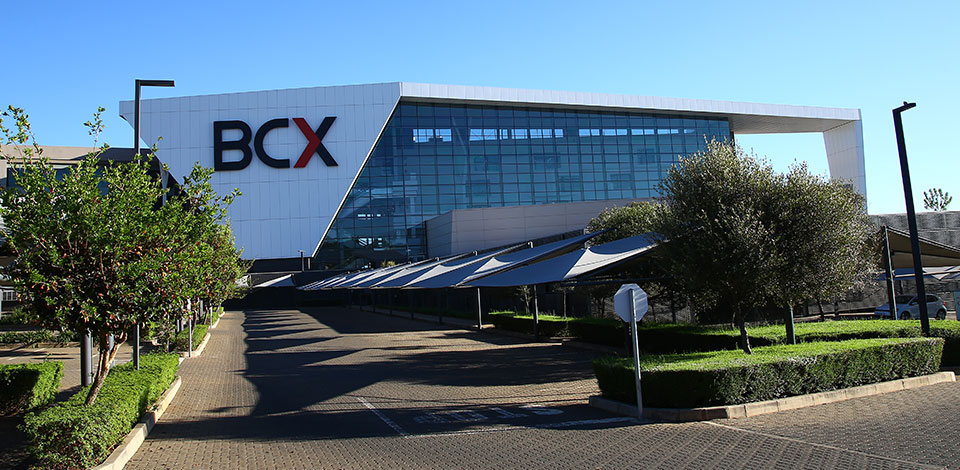
The Importance of Network Agility
Regardless of sector or industry, network agility is a key enabler for organisations looking for growth, security and long-term sustainability.
Agility is a shape. For McKinsey, it is the shape of competitive advantage and achieving measurable business impacts. For PwC, it’s more than a buzzword, it’s the shape of disruption and one of an organisation’s essential attributes. Network agility is how the fabric of an organisation’s connectivity infrastructure is shaped to fit its unique requirements and markets. It is ensuring that the network is architected and designed to connect with agility, handle data mobility, and enhance operational functionality.
Network agility should be a matter of priority for enterprises, particularly those in the retail, healthcare and financial sectors. These are under immense pressure to perform, connect and delivery in highly competitive and regulated environments. The healthcare sector has had to evolve at an exponential rate and many healthcare organisations are still wrestling with traditional network infrastructures that rely on wide-area networks (WANs) and limited flexibility and scale.
Healthcare faces complexity on three fronts: data, patient care, and compliance. Traditional on-premise infrastructure isn’t designed to carry the weight of data and information that’s exploded over the past two years, and it’s becoming increasingly important for organisations to ensure that their systems can interconnect – patient care is reliant on information – and are secure. This is one of the reasons why software-defined wide-area networks (SD-WAN) have become increasingly relevant for companies in healthcare. These networks are agile enough to adapt to the unexpected, and provide a much-needed layer of security.
The retail sector is also looking for fresh ways to build sustainability and growth. According to McKinsey, this sector has reached a fork – go traditional, or go digital – and agility has become a key inflection point. The sector was hard hit by the pandemic. It needs new and inventive ways of capturing customer attention, and holding it. The past two years have shown that many organisations were not prepared for the disruption that ensued – today the landscape is littered with the bones of those that weren’t agile enough to adapt at speed. This is one of the reasons why network agility and reinvented connectivity need to form the foundations of retail sector strategy. With the right tools and technology, the sector can build agile and flexible business solutions that are capable of withstanding future uncertainty.
Finally, in the financial sector, agility has become synonymous with customer delight and disruptive success. Traditional firms, heavy with legacy technology and bureaucracy have taken a long time to change direction and have faced stiff competition from agile and digital innovators, ready to capture market and customer. And the arrival of these disruptors has been welcomed by consumers – digitally savvy and more interested in experiences than excuses, they have ditched the behemoths in favour of the fintechs.
This situation is further complicated by the urgent need to weave security into every part of the financial institution’s infrastructure. Cyberattacks on this sector have increased at a staggering rate and companies need to balance customer services, agility and technology capability against rigorous security. SD-WAN has proven itself to be an immensely powerful tool for the sector as companies leverage the scalability and security of these systems to ensure efficient connectivity without compromise.
Across retail, healthcare and financial services, customers want their technologies, applications, services, and devices to work seamlessly and for their experiences to be personalised and relevant. These are the boxes that every network must tick to ensure that organisations remain relevant and competitive. The agile network is one that can redefine its shape to match the pace of the business, adapt to the needs of the customer and market, and scale to meet demand.










